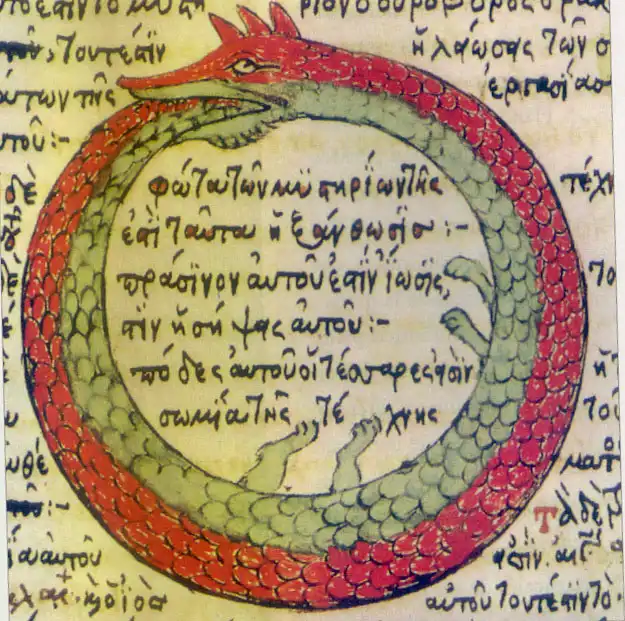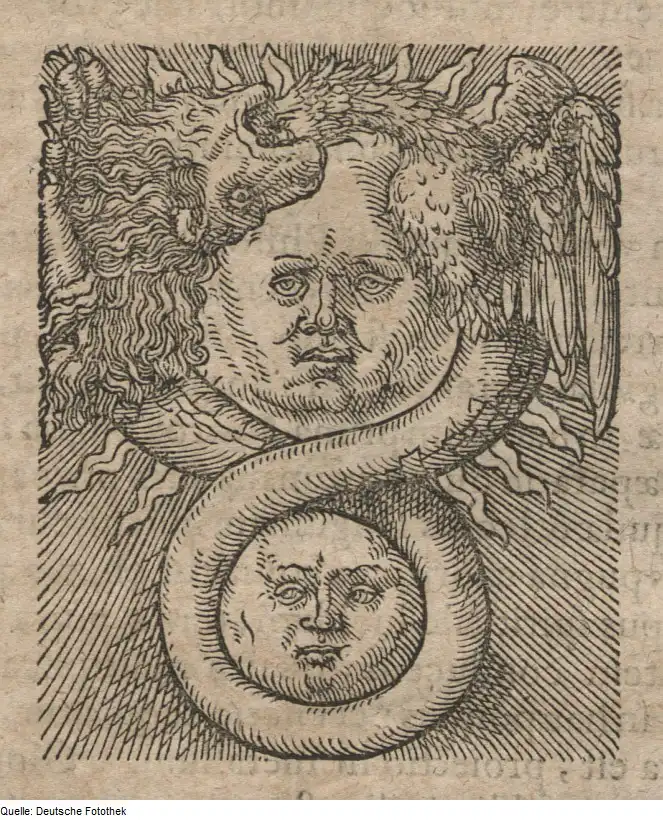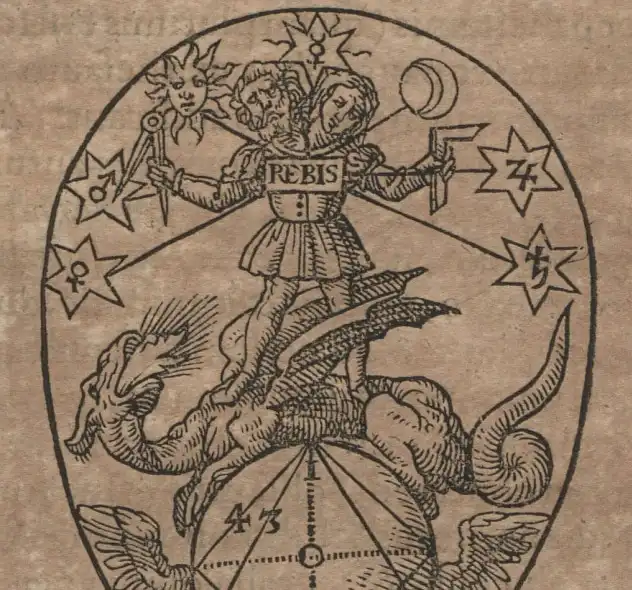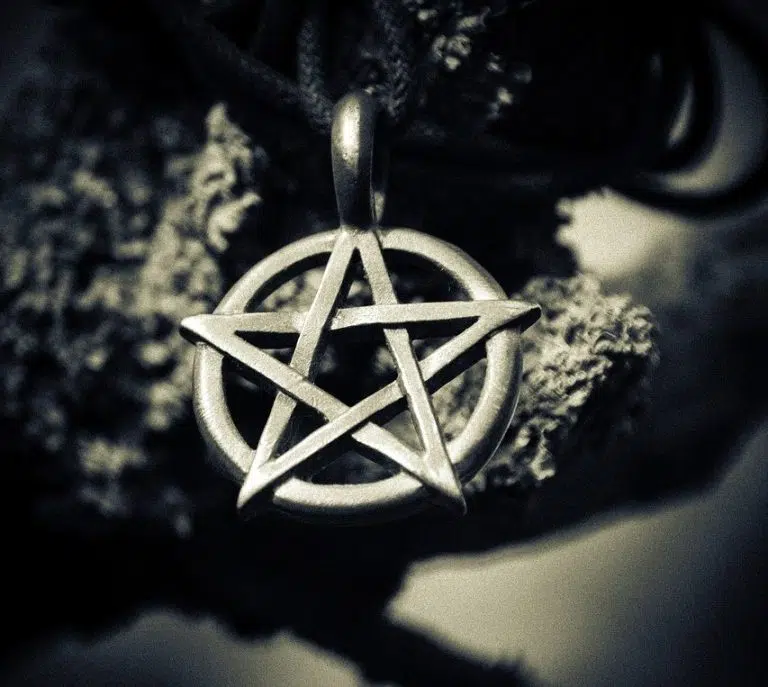Table of Contents
Alchemical concepts, steeped in mystery and intrigue, continue to captivate our imagination. In folklore and popular culture, alchemists, often portrayed as eccentric figures, have become a staple. Despite the evolution of alchemy into more scientific methods, the symbols and imagery associated with the practice have stood the test of time, maintaining their allure and fascination.
Some alchemical symbols have transcended their origins and gained recognition across cultures and periods, not just within the alchemical tradition. These symbols, with their rich meanings, have sparked the imagination of individuals far beyond the circles of alchemy. This post will delve into some of the most renowned alchemical concepts that continue to resonate in media today.
Philosopher’s Stone
The Philosopher’s Stone, an ancient alchemical substance, is believed to possess the power to transmute base metals into gold and bestow eternal life and wisdom. It serves as a symbol of perfection and enlightenment, embodying the ultimate goal of an alchemist’s quest for knowledge and spiritual growth.
The search for the Philosopher’s Stone is often associated with pursuing the elixir of life, capturing the imagination of philosophers, mystics, and scientists. It represents the union of opposites and the transcendence of duality, created through the marriage of masculine and feminine principles symbolised by the sun and moon, gold and silver, sulfur and mercury.
The stone is believed to bestow spiritual and material riches, but only to those who have purified themselves through the alchemical process of transmutation. It represents the alchemist’s journey from ignorance to enlightenment and the transformation of self into a higher state of consciousness.
The Philosopher’s Stone, a symbol of the divine spark within every human being, represents the potential for spiritual growth, enlightenment, and the individual’s spiritual journey. It has been depicted throughout history in various forms, often accompanied by other symbolic elements. These symbols, when understood in their entirety, reveal the depth and richness of the Philosopher’s Stone as a spiritual and philosophical concept, encompassing the entirety of the alchemist’s quest for knowledge, transformation, and enlightenment.

Caduceus
The Caduceus, a symbol of immense historical significance, has been associated with medicine and healing for centuries. It is an ancient winged staff featuring two entwined serpents, believed to have originated from Greek mythology as the staff of Hermes, the revered messenger of the gods.
The Caduceus symbolises balance and harmony, representing the union of duality and the integration of opposing energies. It also holds a significant role in the medical profession, representing the healing and restoring balance, where physicians mediate between the patient and the divine, underscoring the importance of their work.
Furthermore, the Caduceus holds a profound spiritual significance, representing spiritual growth and awakening consciousness. It symbolizes the journey from ignorance to knowledge and the transformation of self into a higher state of awareness. In various spiritual traditions, the symbol has been used to represent the awakening of the Kundalini energy, which is the inner spiritual power that lies dormant within every human being.

Ouroboros
The Ouroboros, a symbol of profound significance, transcends time and culture. It is a universal emblem, depicted in various forms across diverse civilizations. Whether it’s a serpent or a dragon, the image of it consuming its own tail forms a continuous loop or circle, symbolizing infinity, the cyclical nature of life and death, and the unity of all things.
Throughout history, the Ouroboros has been depicted in many different ways. For instance, in ancient Egyptian culture, it was often shown as a serpent coiled around the sun, symbolizing the eternal cycle of day and night. In Norse mythology, the Ouroboros took the form of a serpent encircling the world, representing the cycle of creation and destruction. In some depictions, the serpent is shown with wings, while in others, it is shown coiled around a tree or a staff. In some cultures, the Ouroboros is shown with two or more heads, while in others, it is depicted with one head.
One of the most common meanings of the Ouroboros is that of cyclical renewal and regeneration. The serpent, a symbol of wisdom and transformation in many cultures, eating its own tail, represents the cycle of birth, death, and rebirth and the idea that all things are interconnected and part of a larger cycle of existence. The Ouroboros also represents the idea of eternal return, where events and patterns repeat themselves endlessly.
Furthermore, the Ouroboros symbolizes unity and wholeness. The serpent, in its act of consuming its own tail, underscores the profound truth that all things are interconnected and part of a larger whole. This symbolizes the notion that everything in the universe is part of a larger system, fostering a sense of connection and interdependence with everything around us.
In spiritual traditions, the Ouroboros is revered as a potent symbol of transformation and enlightenment. The serpent, in its perpetual act of self-consumption, mirrors our own journey of self-reflection and self-discovery. It represents the path towards greater awareness and understanding, urging us to confront our own darkness and limitations to ascend to a higher state of consciousness.

Azoth
Azoth, a symbol deeply rooted in the history of alchemy, represents the universal solvent or divine life force. It is renowned for its transformative and purifying properties, often associated with the metal mercury. Azoth is believed to be the fundamental essence that permeates all matter, holding the power of transmutation. Its origins can be traced back to ancient alchemical texts, where it was first mentioned as a key element in the alchemical process.
The symbol of Azoth, a beacon of power and potential, represents the underlying unity and interconnectedness of all things. It serves as a bridge between the spiritual and material realms, often depicted as a mythical substance with transformative properties. Azoth is believed to be the key to transforming base metals into gold, curing diseases, and even granting immortality, igniting a spark of hope and inspiration.
Azoth is intimately associated with the concept of the prima materia, the primaeval formless substance from which all creation arises. In alchemy, the goal is to transform the prima materia into a purified and perfected state, a process in which Azoth plays a crucial role. As an alchemical symbol, Azoth represents the ultimate goal of the alchemist’s quest-attaining spiritual perfection and transmuting base matter into a higher state of being. It is the catalyst that enables the alchemist to unlock the potential of the prima materia and achieve the pinnacle of their spiritual journey.

Alchemical Concepts in Popular Culture
The practice of alchemy, with its mystical and transformative nature, has left an indelible mark on popular culture. Its symbolism, rich and enigmatic, has piqued the curiosity of countless creators in literature, art, and entertainment. Here, we delve into some intriguing examples of how alchemy has influenced and become a part of popular culture.
Influence of Alchemy in Literature and Art
Alchemical concepts have wielded a profound influence in literature and art throughout history. Renowned authors such as Hermann Hesse, Paulo Coelho, and Umberto Eco have harnessed these themes to illuminate spiritual and personal transformation. Hesse’s novel “Siddhartha” mirrors the protagonist’s spiritual journey, akin to the alchemical process. Coelho’s “The Alchemist” charts a character’s voyage of self-discovery and personal transformation. Eco’s “The Name of the Rose” weaves alchemy into its narrative, exploring its significance in the Middle Ages.
Apart from these authors, many other notable writers have explored alchemical themes. William Shakespeare‘s “The Tempest” features an alchemical transformation as a central plot device. At the same time, J.K. Rowling’s “Harry Potter” series incorporates alchemy in its magical system and themes of personal transformation and growth.
Likewise, famous artists like Hieronymus Bosch, Salvador Dalí, and William Blake have used alchemical symbolism to convey deeper philosophical and spiritual themes. They have created enigmatic and surreal imagery that often captivates audiences and sparks contemplation. The use of alchemical symbols and motifs in literature and art has allowed a deeper exploration of self-discovery and transformation.
Other artists who have used alchemical symbolism in their works include Vincent van Gogh, Wassily Kandinsky, and Gustav Klimt. Van Gogh’s “Starry Night” is said to contain alchemical elements, and Kandinsky’s abstract art is often interpreted as an invitation to spiritual transformation. Klimt’s famous painting “The Kiss” features a golden spiral, symbolising alchemical transformation.
Alchemical Symbols in TV, Movies, and Music
Alchemy and its enigmatic symbols have long captivated popular culture, making their way into the narratives of movies, TV shows, and music. Consider the Philosopher’s Stone, a recurring motif in anime like The Fullmetal Alchemist, where characters embark on a quest to resurrect their mother. Or the Ouroboros, a symbol of eternal renewal, finding its place in movies like The Matrix, offering sanctuary to the protagonists. Even the Caduceus, a symbol of healing and transformation, has found its way into our screens, appearing in TV shows like Grey’s Anatomy and movies like Doctor Strange.
Alchemy’s influence extends beyond visual media, permeating the world of music. Many musicians have harnessed the transformative power of alchemical symbols and ideas in their works. Take, for instance, the band Tool‘s album Lateralus. Its track, ‘The Grudge,’ is a testament to the alchemical process of transmutation, urging listeners to let go of negative emotions for personal transformation.
Conclusion
Alchemical symbols, with their timeless appeal, continue to inspire and intrigue us today. The Philosopher’s Stone, Caduceus, Ouroboros, and Azoth each represent a unique facet of the alchemical journey, from inner transformation to achieving harmony and balance to the perpetual cycle of transformation and renewal. Delving into the meanings of these symbols not only enriches our understanding of popular culture but also deepens our appreciation for the enduring legacy of alchemy.




